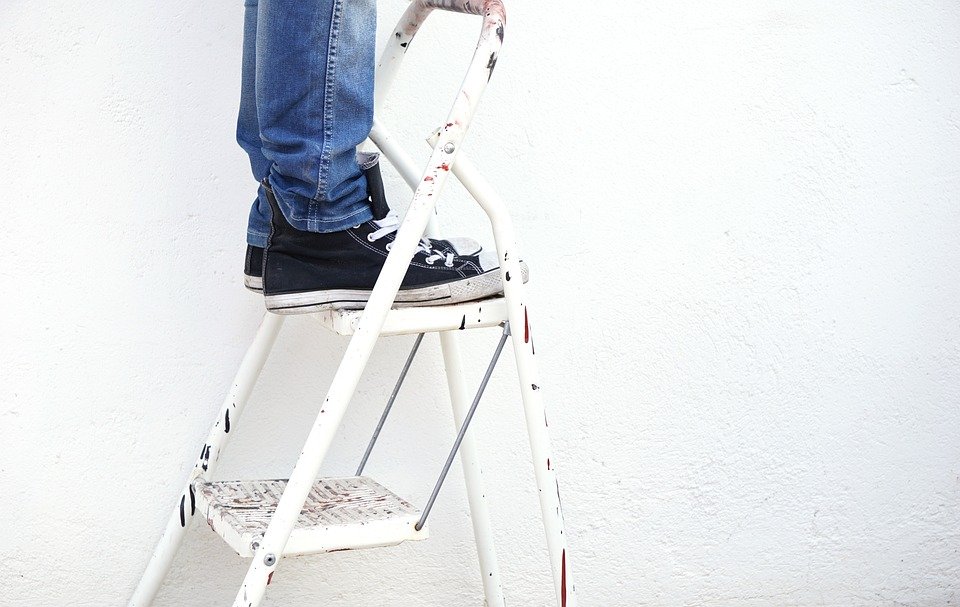Direction: 5-day Seoul Traditional MarketsTravel plan
Day 1: Arrival in Seoul, Gwangjang Market and Dongmyo Market
– Arrival at Incheon International Airport
– Take the AREX train to Seoul Station (approx. 40 minutes, KRW 9,000)
– Check-in at Hotel Skypark Central Myeongdong
– Lunch at Gwangjang Market – try the famous mung bean pancakes and bindaetteok (approx. KRW 10,000)
– Walk to Dongmyo Market – a traditional flea market with various antiques and collectibles (approx. 15 minutes walk)
– Dinner at a local restaurant – try Korean BBQ (approx. KRW 15,000)
– Back to the hotel
Day 2: Namdaemun Market, Insadong, and Bukchon Hanok Village
– Breakfast at a local cafe near the hotel
– Take the subway from Myeongdong Station to Hoehyeon Station (approx. 5 minutes, KRW 1,250)
– Visit Namdaemun Market – the oldest and largest traditional market in Korea (approx. 2 hours)
– Take the subway from Hoehyeon Station to Anguk Station (approx. 10 minutes, KRW 1,250)
– Walk to Insadong – a street full of traditional Korean crafts, souvenirs and art galleries (approx. 20 minutes)
– Lunch at a traditional Korean restaurant in Insadong (approx. KRW 10,000)
– Walk to Bukchon Hanok Village – a traditional Korean village with hundreds of old houses (approx. 15 minutes)
– Take a taxi to the hotel (approx. KRW 7,000)
– Dinner at a local restaurant near the hotel (approx. KRW 15,000)
Day 3: Gyeongdong Market, Namsangol Hanok Village, and Namsan Tower
– Breakfast at a local cafe near the hotel
– Take a taxi to Gyeongdong Market – a traditional market for fresh seafood, meat and vegetables (approx. KRW 10,000)
– Lunch at a traditional Korean restaurant in the market area (approx. KRW 10,000)
– Take a taxi to Namsangol Hanok Village – a traditional Korean village with five restored hanok houses (approx. KRW 10,000)
– Walk to Namsan Tower – the highest point in Seoul with a panoramic view of the city (approx. 20 minutes)
– Take a cable car to the top of Namsan Tower (approx. KRW 10,000)
– Dinner at a local restaurant near the hotel (approx. KRW 15,000)
Day 4: Seoul Folk Flea Market, Tongin Market, and Garak Market
– Breakfast at a local cafe near the hotel
– Take the subway from Myeongdong Station to Cheonggu Station (approx. 15 minutes, KRW 1,250)
– Visit Seoul Folk Flea Market – a market for traditional Korean crafts and antiques (approx. 2 hours)
– Take the subway from Cheonggu Station to Gyeongbokgung Station (approx. 5 minutes, KRW 1,250)
– Walk to Tongin Market – a market where you can make your own dosirak (Korean lunch box) with traditional coins (approx. 10 minutes)
– Lunch at Tongin Market – try the dosirak and other Korean street food (approx. KRW 8,000)
– Take the subway from Sindang Station to Garak Market Station (approx. 20 minutes, KRW 1,250)
– Visit Garak Market – a wholesale market for fresh produce, seafood, meat, and flowers (approx. 2 hours)
– Dinner at a local restaurant near the hotel (approx. KRW 15,000)
Day 5: Myeongdong Street Food and Departure
– Breakfast at a local cafe near the hotel
– Walk to Myeong-dong – a popular shopping district with a variety of Korean street food (approx. 5 minutes)
– Try different Korean street food (approx. KRW 10,000)
– Back to the hotel and check out
– Take the AREX train from Seoul Station to Incheon International Airport (approx. 40 minutes, KRW 9,000)
Hotel recommendation: Hotel Skypark Central Myeongdong – located in the heart of Seoul and close to many traditional markets, shops, and restaurants. The hotel has clean, modern rooms and helpful staff.
FAQs:
Q: Do I need to speak Korean to shop and eat at traditional markets?
A: Not necessarily, but it may be helpful to learn some basic Korean phrases to communicate with local vendors and shopkeepers.
Q: Can I use credit cards at traditional markets?
A: Some vendors may accept credit cards, but it’s best to bring cash in Korean won for smaller purchases.
Q: Is it safe to eat street food in Korea?
A: Yes, as long as you choose vendors who cook food in front of you and practice good hygiene. Avoid eating raw or undercooked meat and seafood.



